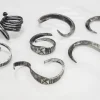
-
Shop by Type
-
Shop by Culture
-
Collections
Home » Blog » Mythology and Folklore » Norse Mythology » Norse Dragons: Jormungandr, Nidhogg, Fafnir
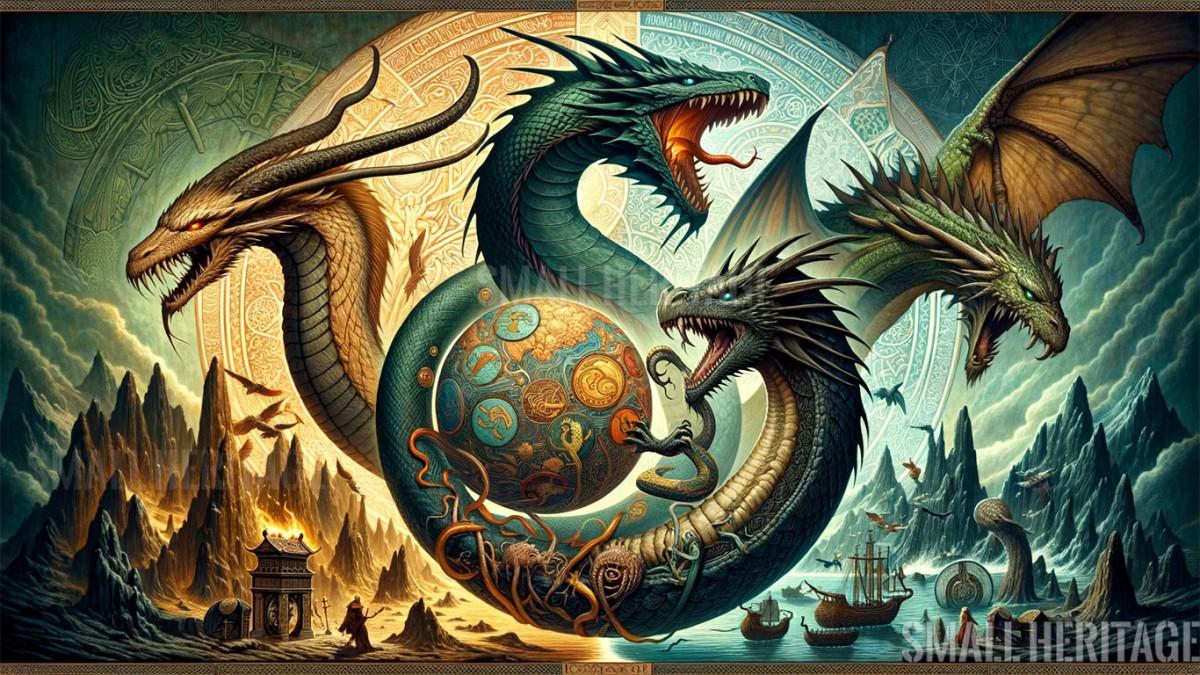
Norse Dragons: Jormungandr, Nidhogg, Fafnir – Unveiling the Legends of the Norse World
Jormungandr: The Midgard Serpent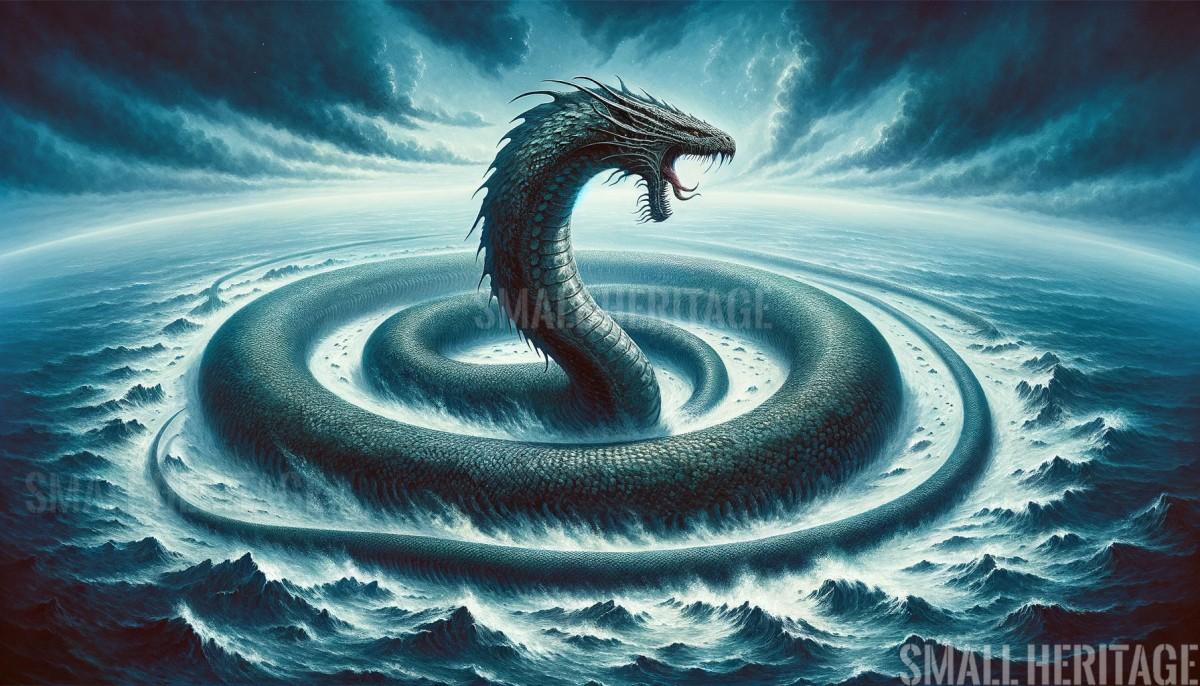
Jormungandr, the Midgard Serpent, is an emblematic figure in Norse mythology, known for its enormous size that encircles the human world. The serpent’s interactions and ultimate battles with Thor, the god of thunder, highlight themes of destiny, interconnectedness, and the cyclical nature of Norse myths, particularly in the context of Ragnarok, the end of the world.
Nidhogg: The Malice Striker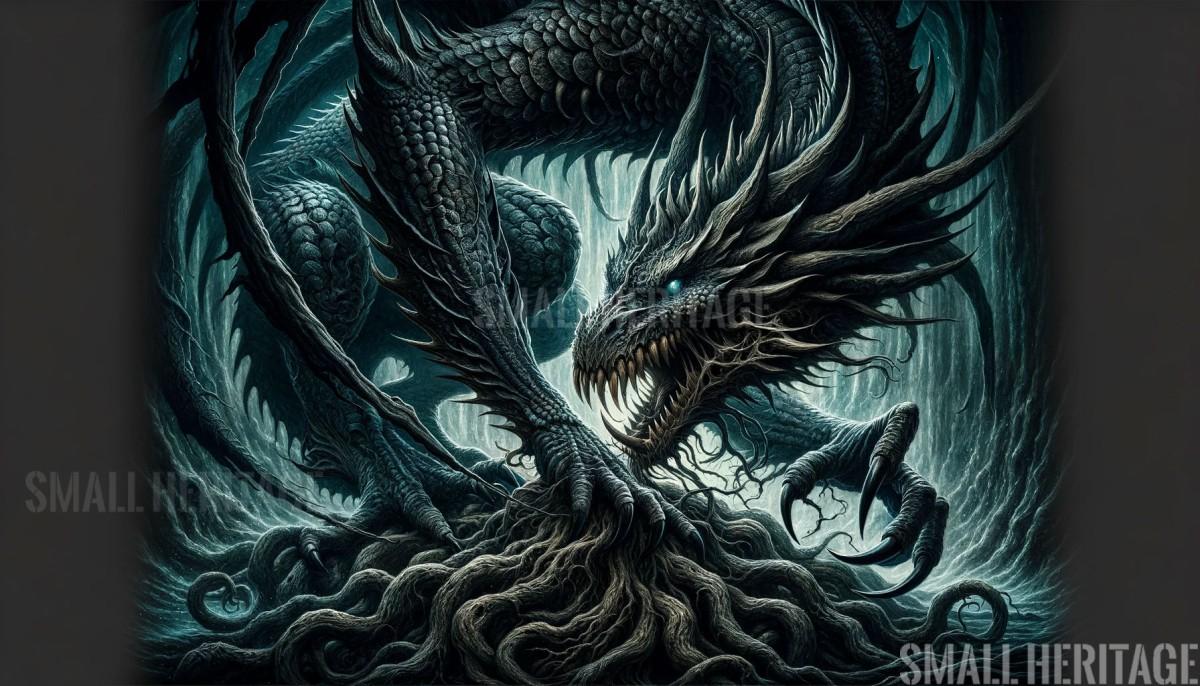
Nidhogg, residing beneath Yggdrasil, the World Tree, plays a pivotal role in Norse cosmology. This dragon, constantly gnawing at the roots of the tree, signifies the Norse understanding of the cyclical nature of life and the universe. Nidhogg’s association with the dishonored dead in Norse mythology reflects the culture’s views on justice and the afterlife.
Fafnir: From Dwarf to Dragon
Fafnir’s transformation from a dwarf into a dragon is a classic tale of greed and its consequences in Norse mythology. This saga not only highlights the perils of greed but also showcases the concept of metamorphosis in response to moral failings. The narrative arc, culminating in Fafnir’s defeat at the hands of Sigurd, offers rich insights into Norse storytelling and its moral underpinnings.
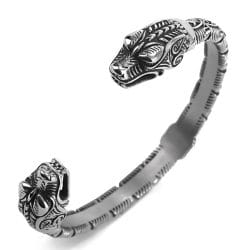
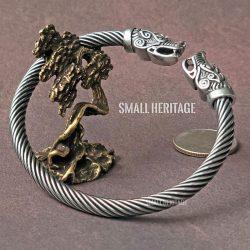
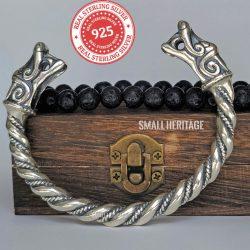
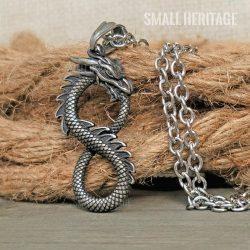
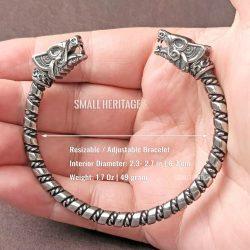

Dragon Symbolism in Viking Art and CultureDragons in Viking art and culture transcend their roles as mythical creatures, symbolizing deeper aspects of Norse beliefs. Their depictions in runestones, jewelry, and notably on longships reflect the admiration Vikings had for these creatures, embedding them with meanings of protection, bravery, and the cyclical nature of life.
The Enduring Legacy of Norse Dragons The allure and fascination with Norse dragons continue to influence modern culture, with their portrayals in various forms of media showcasing their enduring appeal. These mythical creatures, with their complex narratives and symbolic significance, continue to captivate audiences, reflecting the timeless appeal of Norse mythology.
ConclusionIn Norse mythology, dragons such as Jormungandr, Nidhogg, and Fafnir are not just creatures of legend but are integral to the Norse worldview. These stories and their symbolism provide a window into Viking beliefs and values, showcasing the depth and complexity of Norse lore. The enduring legacy of these myths continues to inspire and intrigue, underscoring the lasting impact of Norse culture on our collective imagination.
© 2025 Small Heritage. All rights reserved.
© 2025 Small Heritage. All rights reserved.